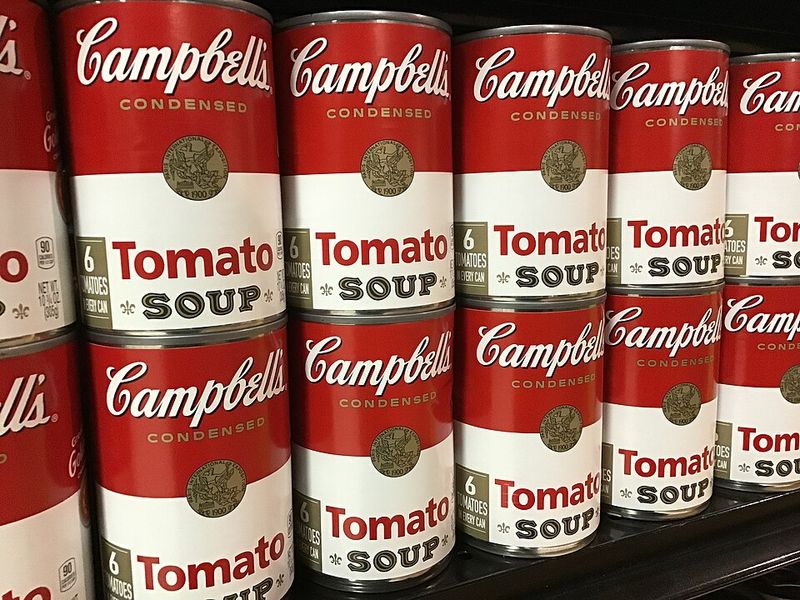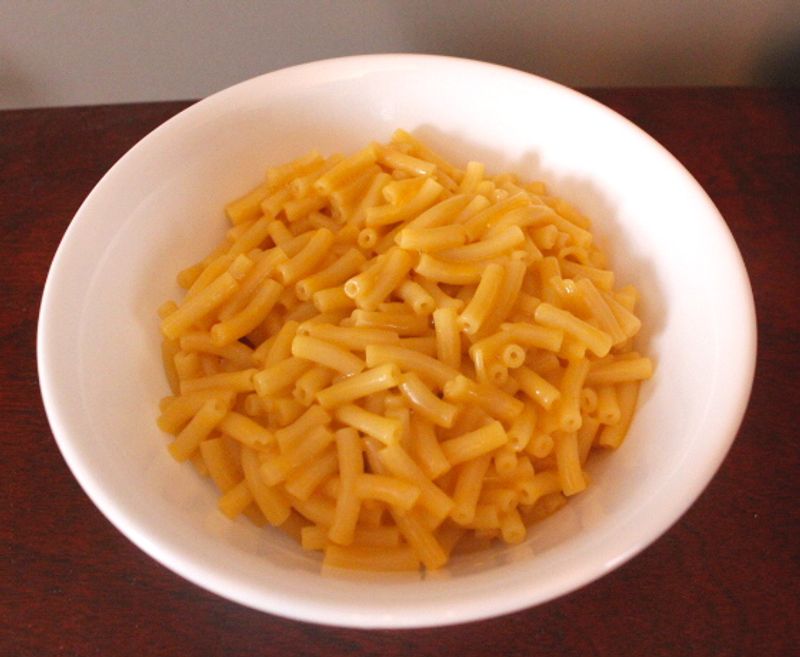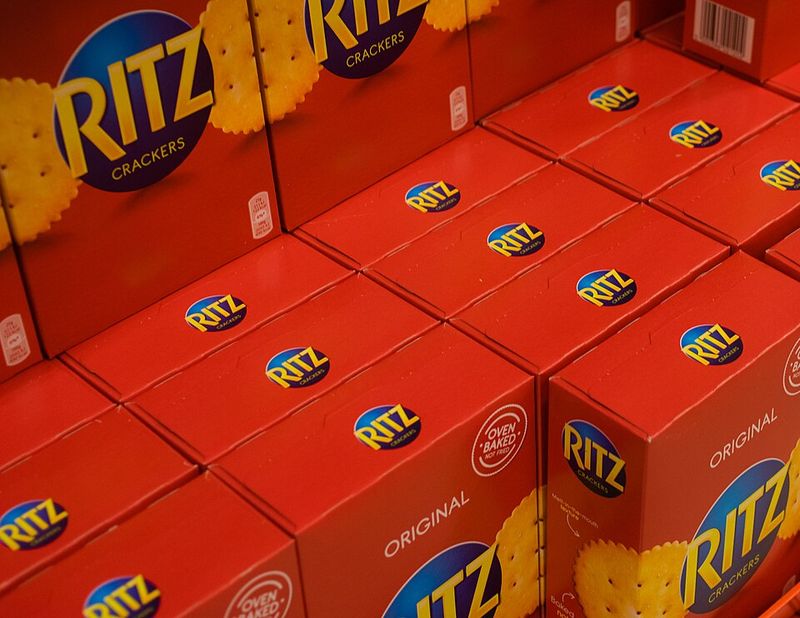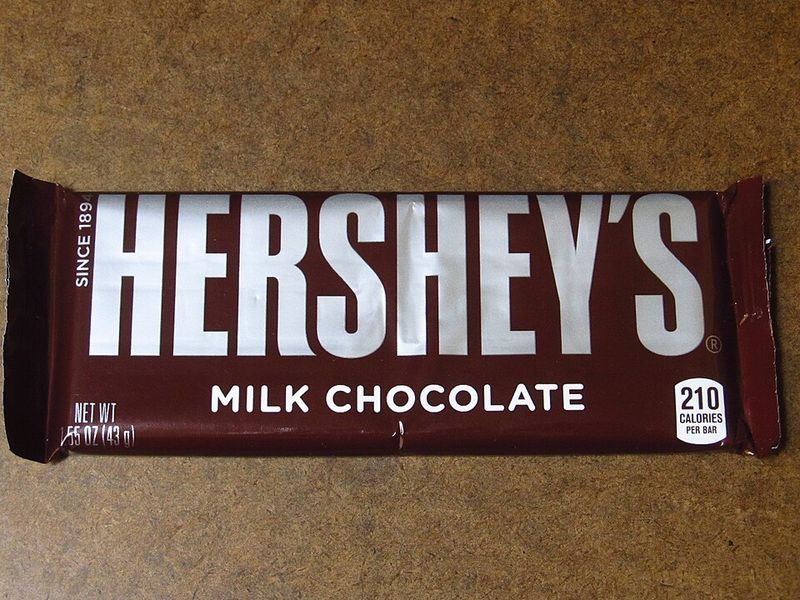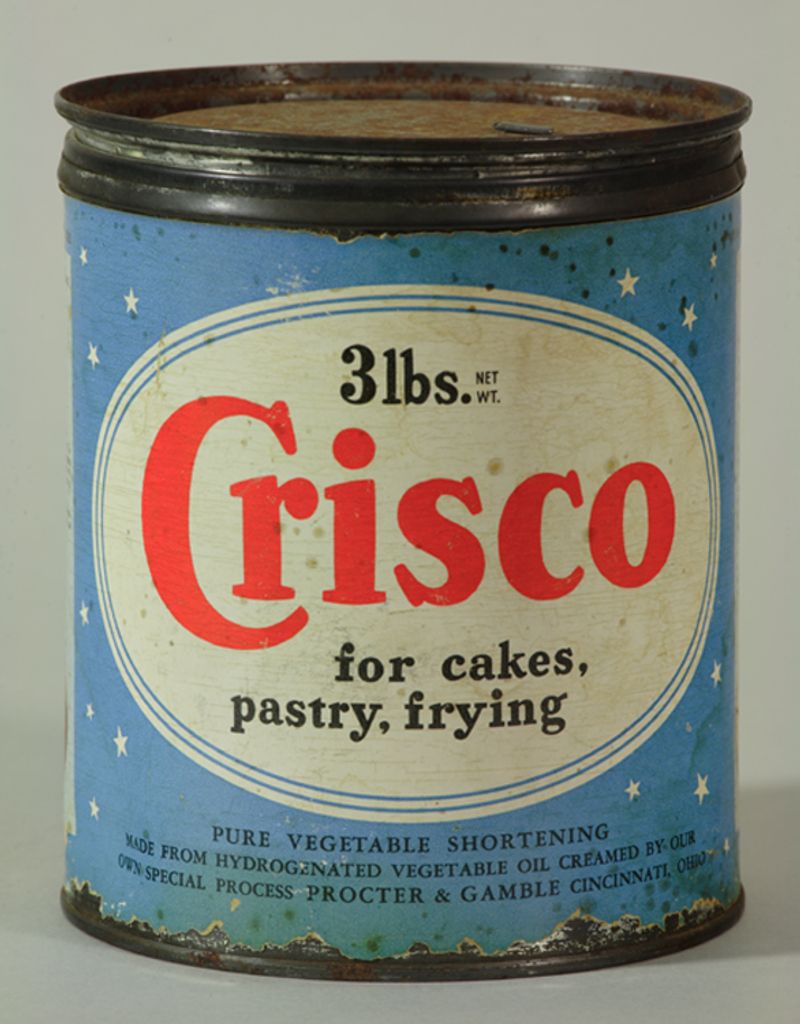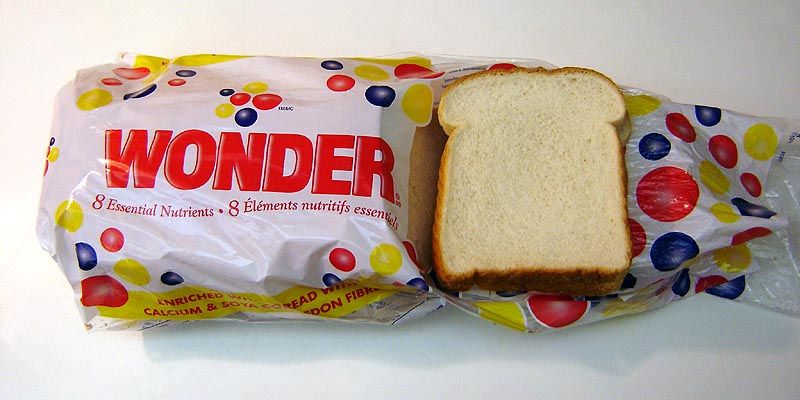Before TikTok recipes and meal kits, America’s kitchens were ruled by cans, boxes, and jars that promised convenience – and delivered comfort. From the wartime shelves of the 1940s to the suburban pantries of the 1960s, these humble products fed families, fueled innovation, and defined what it meant to eat “the American way.” Each of these foods tells a story – of invention during hardship, marketing genius, or pure nostalgia. Whether it’s the satisfying snap of a Ritz cracker or the bright orange glow of Kraft mac & cheese, these pantry icons reveal how a nation learned to cook fast, live modern, and always have something on hand for dinner. So grab a can opener and step back in time – these are the 15 vintage foods that built the American pantry.
1. Spam (1937)
Born in the Great Depression, Spam became a wartime hero. Its long shelf life made it a U.S. Army staple during World War II – and when soldiers came home, they brought their taste for the canned meat with them.
Soldiers found comfort in its salty, versatile flavor, reminding them of home-cooked meals. Spam was more than just food; it was a piece of home in a can, providing warmth and familiarity in uncertain times.
Today, Spam’s retro appeal continues, celebrated in Hawaiian cuisine and quirky recipes. Its story is a testament to resilience and ingenuity, turning a simple product into a cultural icon.
2. Jell-O (1897)
Originally marketed as “America’s most favorite dessert,” Jell-O’s real heyday came in the mid-20th century. By the 1950s, gelatin molds filled with fruit – or even vegetables – were a fixture at church socials and dinner parties alike.
This wobbly dessert sparked creativity in the kitchen, with home cooks experimenting with layers, colors, and flavors. It was a playful addition to any table, delighting children and adults alike.
Jell-O’s simplicity and vibrant presence remain nostalgic reminders of simpler times. Its adaptability and charm keep it alive in modern culinary adventures, bridging generations with a single jiggle.
3. Campbell’s Condensed Soup (1897)
A simple idea – remove water to make soup cheaper to ship – turned into a culinary cornerstone. Campbell’s soups became essential in American households, offering warmth and flavor in every can.
From tomato soup to the secret ingredient in countless casseroles, Campbell’s shaped how Americans cooked at home. It represented convenience, allowing families to enjoy wholesome meals with minimal effort.
With its iconic label and enduring taste, Campbell’s continues to evoke comfort and nostalgia. This pantry staple is more than just soup; it’s a slice of everyday life that resonates through generations.
4. Kraft Macaroni & Cheese (1937)
Launched in the middle of the Depression with the slogan “Make a meal for four in nine minutes,” Kraft’s boxed mac & cheese became a symbol of affordable comfort – and remains a pantry staple to this day.
Families found solace in its creamy, cheesy goodness, creating lasting memories around the dinner table. This simple dish brought joy and nourishment during tough times, embodying the essence of comfort food.
Its popularity endures, offering a taste of nostalgia with every bite. Kraft’s creation is a culinary icon, beloved by children and adults alike for its ease and comforting taste.
5. Bisquick (1931)
Inspired by a train cook who pre-mixed biscuit dough, General Mills created Bisquick as an all-purpose baking shortcut. Pancakes, biscuits, cobblers – American home cooks found hundreds of uses for it.
Bisquick provided the foundation for countless family breakfasts and gatherings, its versatility unmatched in the kitchen. The convenience it offered revolutionized baking, making delicious meals accessible to all.
Its legacy continues, a testament to creativity and innovation in cooking. With Bisquick, home bakers transformed simple ingredients into cherished culinary creations, celebrating the joy of home-cooked meals.
6. Velveeta (1918)
Originally marketed as a “nutritious cheese food,” Velveeta offered creamy, meltable convenience long before “processed food” was a dirty word. It turned casseroles and dips into weeknight wonders.
The smooth texture and mild flavor of Velveeta quickly won over American households, becoming a favorite in cheesy dishes. Its unique properties made it an essential ingredient in many comfort foods.
Today, Velveeta continues to melt hearts and cheese alike, a beloved icon of American culinary culture. Its legacy remains strong, bringing creamy delight to kitchens nationwide.
7. Cracker Jack (1896)
The blend of molasses-coated popcorn and peanuts became the taste of American leisure – first at the 1893 Chicago World’s Fair, then forever linked with baseball thanks to “Take Me Out to the Ball Game.”
Cracker Jack was more than just a snack; it was an experience. The surprise toy inside added an element of curiosity and joy, creating a sense of nostalgia and fun.
Its enduring charm continues to captivate snackers of all ages. Cracker Jack’s legacy is a celebration of American whimsy and tradition, a sweet reminder of simpler pleasures.
8. Ritz Crackers (1934)
Launched at the height of the Depression, Ritz offered a small taste of luxury – literally. The name and buttery flavor suggested glamour in hard times, helping it become a snack-time icon.
Ritz Crackers brought a touch of elegance to everyday life, their delightful crispiness pairing perfectly with a variety of toppings. They were a versatile addition to any meal.
Today, Ritz remains a beloved snack, embodying both simplicity and sophistication. Its golden rounds continue to charm snackers, a timeless classic that has stood the test of time.
9. Hershey’s Chocolate Bar (1900)
Milton Hershey’s dream of affordable chocolate for the masses came true with his first bar in 1900. Hershey’s became synonymous with comfort – especially during wartime, when the company supplied millions of “D ration” bars to soldiers.
The smooth, sweet taste of Hershey’s chocolate became a symbol of American indulgence and joy. Its presence in care packages brought smiles to soldiers far from home.
Hershey’s continues to delight, a testament to the power of simple pleasures. Its iconic status remains unchallenged, a sweet celebration of American innovation and taste.
10. Crisco (1911)
The first all-vegetable shortening changed home baking forever. Marketed as a cleaner, more modern alternative to lard, Crisco helped usher in the industrial food age – and a new kind of convenience cooking.
Crisco’s introduction transformed culinary practices, offering a lighter, smoother option for baking. It became a staple in pie crusts, cookies, and cakes, revolutionizing texture and flavor.
Today, Crisco’s legacy lives on in kitchens across the nation. Its impact on American baking is undeniable, a testament to innovation and the evolution of cooking techniques.
11. Kellogg’s Corn Flakes (1906)
Invented as part of a health movement, Corn Flakes quickly became the blueprint for the American breakfast. It marked the dawn of mass-produced convenience foods – and an entire cereal empire.
Corn Flakes offered a nutritious, quick breakfast option that fit the fast-paced lifestyle of modern families. Its simplicity and crunch made it a favorite across generations.
Kellogg’s continues to lead the breakfast table, with Corn Flakes remaining a beloved staple. Its influence on breakfast culture is profound, shaping morning routines for over a century.
12. Peanut Butter (1890s)
First promoted as a health food at the 1904 World’s Fair, peanut butter became a pantry necessity by the 1920s. Its high protein and long shelf life made it especially valuable during the Depression and both World Wars.
Peanut butter’s creamy texture and rich taste captured hearts, becoming a quick, nutritious option for sandwiches and snacks. It was a comforting presence in many American households.
Its legacy continues, a beloved staple in kitchens everywhere. Peanut butter’s timeless appeal is a testament to its versatility and enduring popularity.
13. Wonder Bread (1921)
When sliced bread debuted in 1928, Wonder Bread became its poster child. Its soft texture and bright packaging represented modernity, convenience, and the rise of the American supermarket.
Wonder Bread symbolized progress, offering families an easy way to enjoy fresh, sliced bread daily. Its softness and consistent quality made it a household favorite.
Today, Wonder Bread remains an iconic symbol of American innovation. It continues to delight with its familiar taste and texture, a staple in countless lunchboxes and kitchens.
14. Tuna in a Can (1903)
When overfishing made sardines scarce, U.S. canners turned to tuna. By the 1930s, canned tuna was a household favorite, especially during wartime rationing – making “tuna casserole” an enduring comfort classic.
Tuna’s mild flavor and versatility made it a popular choice for quick, satisfying meals. It offered nutrition and convenience in a single can, an essential part of many American kitchens.
Its legacy lives on, with canned tuna sustaining its place as a pantry staple. The humble tuna can remains a symbol of culinary adaptability and resourcefulness.
15. TV Dinners (1953)
Swanson’s frozen “complete meals” revolutionized dinnertime. Originally designed to use up surplus Thanksgiving turkey, they fit perfectly with the postwar family lifestyle – and the rise of the television set.
TV Dinners brought convenience and novelty to the American table, allowing families to enjoy meals effortlessly while watching their favorite shows. It was a culinary innovation that mirrored changing societal norms.
Today, TV Dinners evoke nostalgia, a reminder of a time when technology and mealtime converged. Their impact on dining culture is enduring, a symbol of mid-century modern living.



